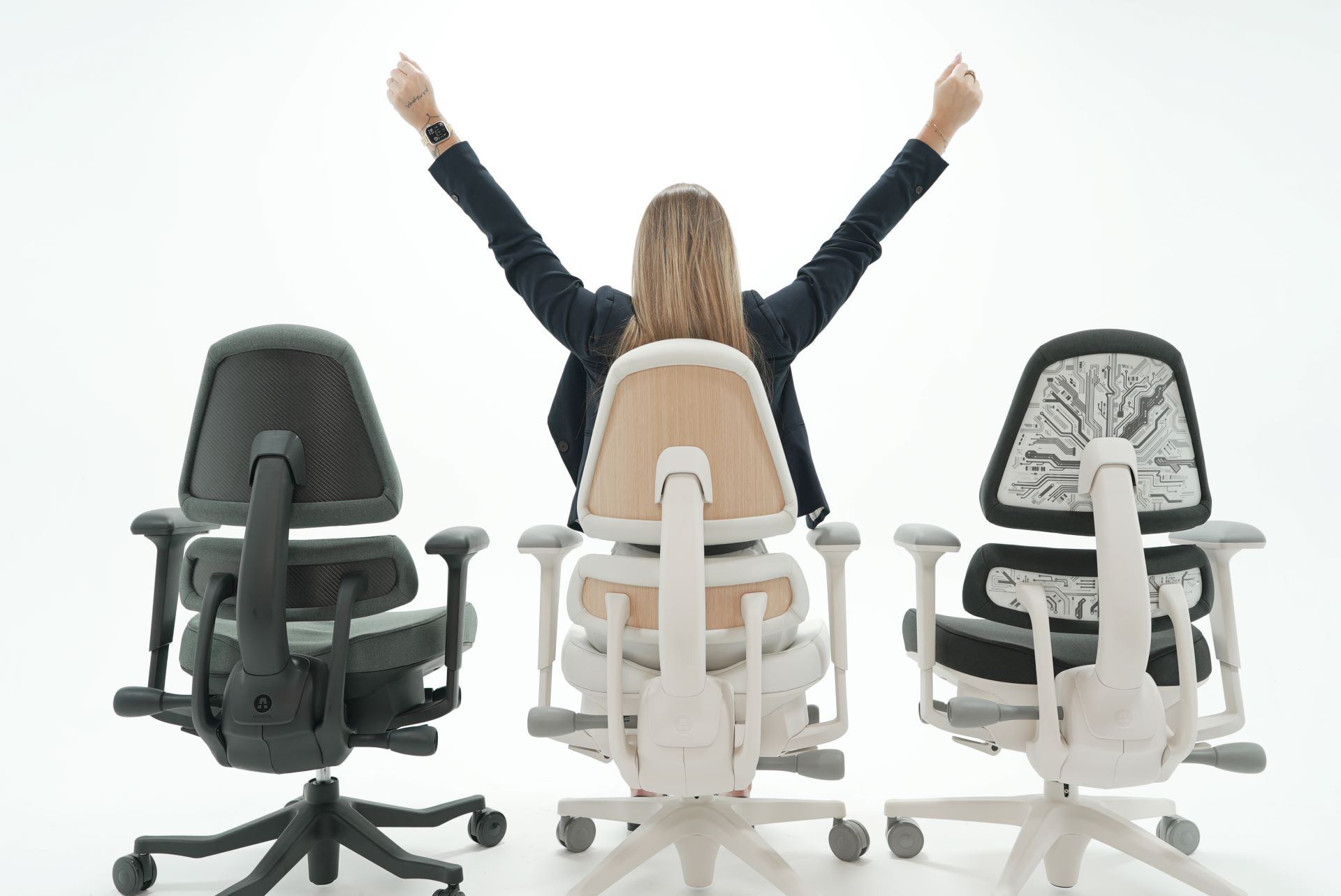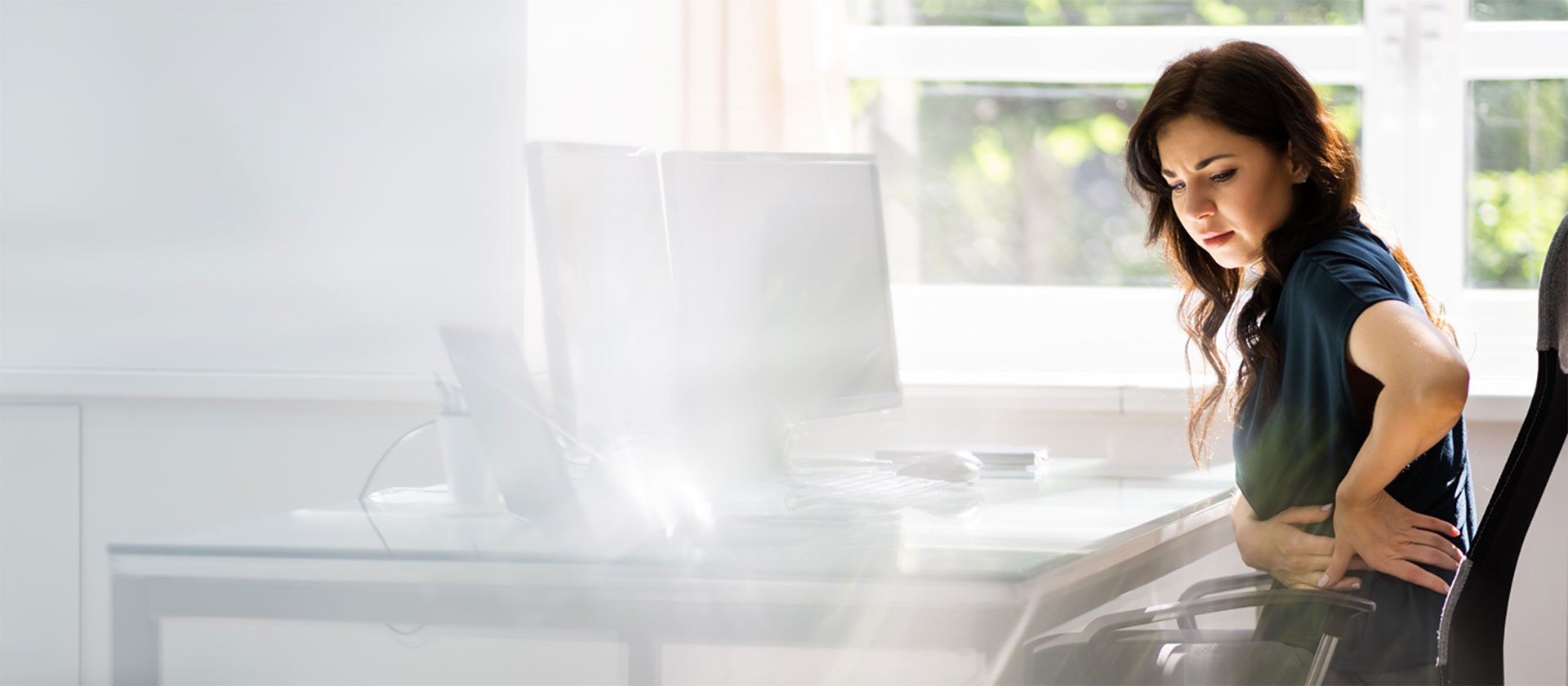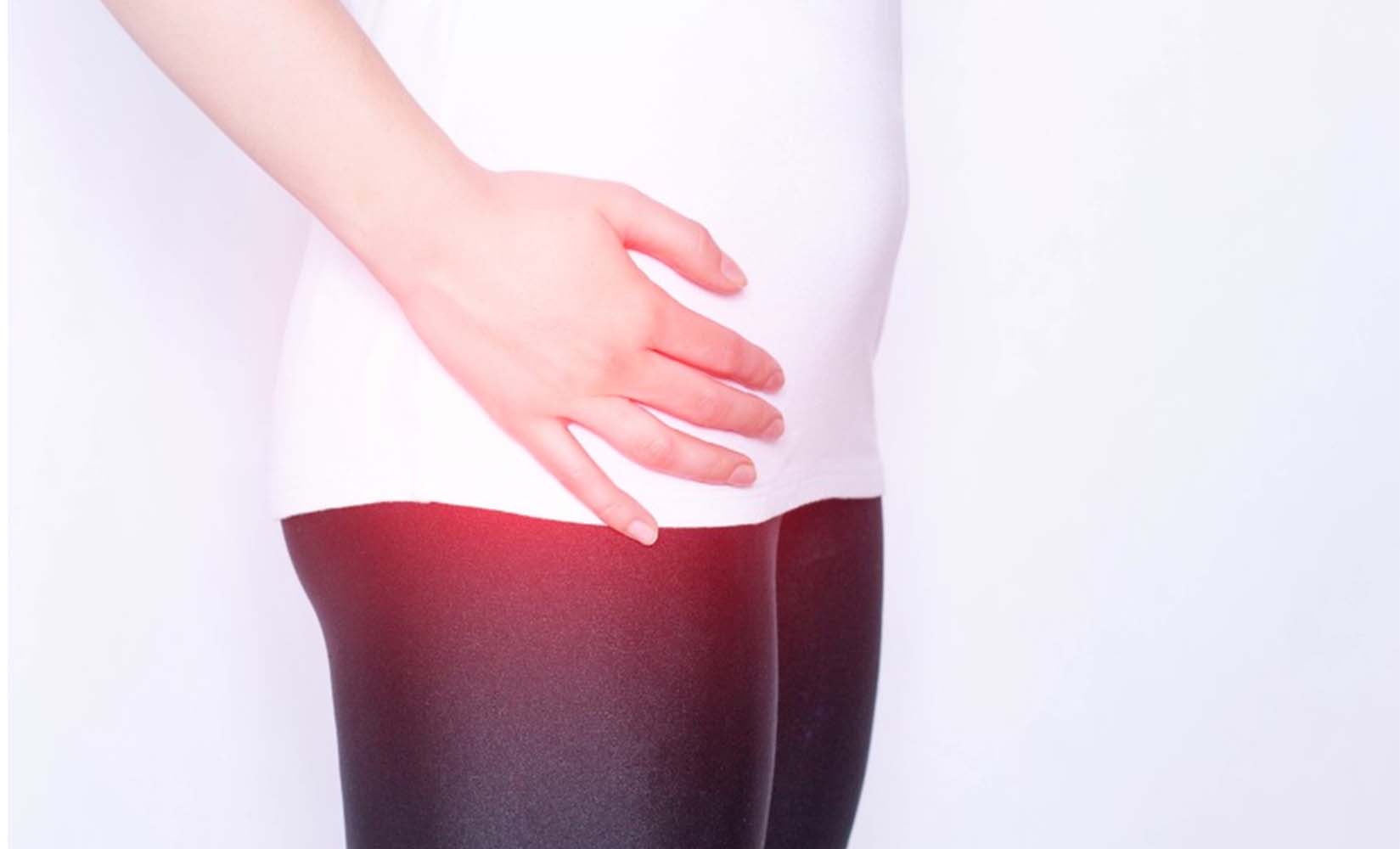Hip pain can be debilitating, and it’s not always clear what the cause is. When a hip is out of alignment, it can cause severe pain and lead to pain in other parts of the body. It’s a source of hip pain that can sometimes go undetected and can be affected by the positions we are in throughout the day, especially sitting. So, let’s take a look at some signs of misalignment then discuss suggestions for better sitting during the day to promote better alignment and minimize pain.
How to know if your hip is out of alignment?
Uneven Leg Length: One of the most apparent signs of hip misalignment is having one leg shorter than the other. This can manifest as a noticeable tilt in your pelvis when you stand or walk. If you often experience discomfort or pain in your hips, knees, or lower back, it may be a result of this imbalance.
Hip Pain and Discomfort: Hip misalignment can cause persistent pain or discomfort in the hips themselves. This can range from a dull ache to sharp, shooting pains. If you frequently experience hip pain after sitting for long periods, it could be a sign that your office chair is not providing adequate support.
Limited Range of Motion: If you find it challenging to move your hips freely or experience stiffness, it may indicate hip misalignment. Restricted range of motion can affect your overall mobility and lead to muscle imbalances.
Lower Back Pain: Hip misalignment can also contribute to lower back pain, as the hips play a crucial role in supporting the spine. When the hips are out of alignment, it can create tension and strain on the lower back muscles.
Posture Problems: Incorrect posture is often a result of hip misalignment. Slouching, rounded shoulders, and a forward head tilt can all be indicators of an imbalance in the hips.
When attempting to maintain or promote hip alignment, it’s important to consider the postures and habits you have during the day. If you are one of the millions of people who sit all day, each day for work, then you need to consider the chair that you sit in. Paying attention to your overall posture is critical for hip alignment and most of us, let’s be honest, don’t sit well. So, what can you do about it? There are features to be aware of when seeking a better sitting solution.
Adjustability: Make sure that your chair offers plenty of adjustability options, such as seat height, and arm rest height to properly support the body. Customizing your chair to suit your unique shape and needs can make an important difference in your hip pain.
A Two-Part Back System: A two-part back system on an office chair offers better support by giving you adjustability options on two different sections of your spine – the pelvis and the upper back. The adjustability allows you to personalize the support for your own body type and provide optimal alignment of the pelvis and spine to minimize hip pain.
Pelvis Support: The pelvis angle determines the position of the spine. When the pelvis is positioned in a neutral posture, the spine follows into an upright position. Supporting the pelvis in this position encourages a neutral posture, and also encourages a neutral leg position, aligning the hips. This reduces pressure on the lumbar region and helps to distribute weight evenly through the legs, minimizing hip pain.
Cushioning: The seat cushion is crucial when it comes to hip alignment. A contoured, high-density foam cushion envelops the shape that sits on it, providing stability and comfort and promoting hip alignment.
Tilt System: A tilt system provides better support and alignment than a typical recline system. The seat and back move as a unit, maintaining the supported posture of the upright position. This will help maintain hip alignment in the resting seated position.
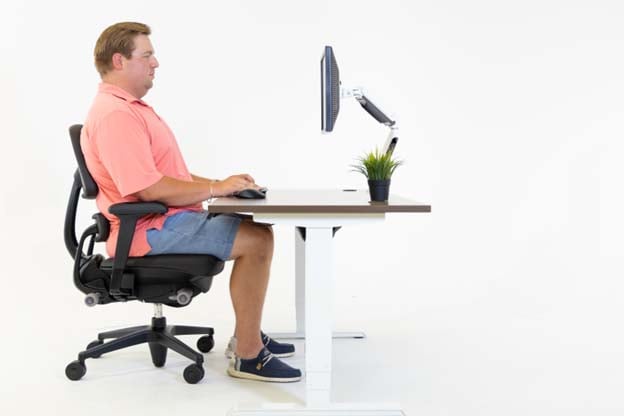
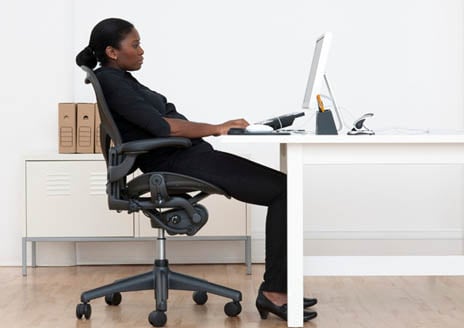
Caution! Things you need to be aware of if you suffer from hip misalignment.
Low-Quality Chairs: Don't sacrifice quality for price. Consider the consequences. While they may seem to save you money, they can lead to poor posture and cause hips to be out of alignment.
One-Size-Fits-All: Sitting in a chair that doesn't adapt to your body can lead to discomfort, backaches, hip pain, and even chronic pain.
Hard or Mesh Seats: Simply put, materials matter. If you sit on a hard or mesh seat, there is very little immersion into the surface, and this creates high peak pressures. This leads to slouching and tucking the pelvis, which can promote hip misalignment and pain.
Non-Supportive Chairs: Traditional lumbar supports do not support the body in alignment since it contacts the body above the foundation of sitting, namely the pelvis. Sitting in a traditional chair with lumbar will inevitably lead to slouching and poor posture which can promote hip misalignment.
Hip misalignment is a common issue that can lead to discomfort and long-term health problems if left unaddressed. By recognizing the signs of hip misalignment and investing in the right office chair, you can ensure proper alignment and support throughout the day. Investing in an office chair with features such as adjustable seat and armrest height, an independently adjustable two-part back system, tilt, and contoured foam cushion can encourage proper sitting posture and alignment, reducing the strain on your hips and minimizing pain. Make the change, your hips will thank you!
References:
1. Lewis, C. L., Khuu, A., & Marinko, L. N. (2015). Postural correction reduces hip pain in adult with acetabular dysplasia: a case report. Manual therapy, 20(3), 508-512.
2. Adedoyin, R. A., Idowu, B. O., Adagunodo, R. E., Owoyomi, A. A., & Idowu, P. A. (2005). Musculoskeletal pain associated with the use of computer systems in Nigeria. Technology and health care, 13(2), 125-130.
Recent Post

Anthros Decompress Mode: A New Way to Sit, Move, and Recover
December 23, 2025Adding a cushion to your office or gaming chair...
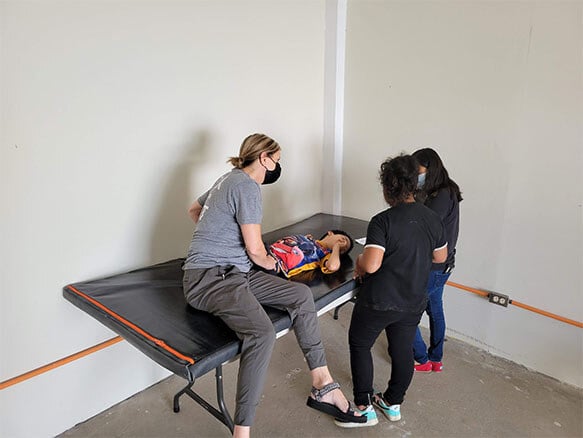
Four Lessons About Seating Everyone Can Learn from Wheelchair Users
September 18, 2025Working with wheelchair users has been an...
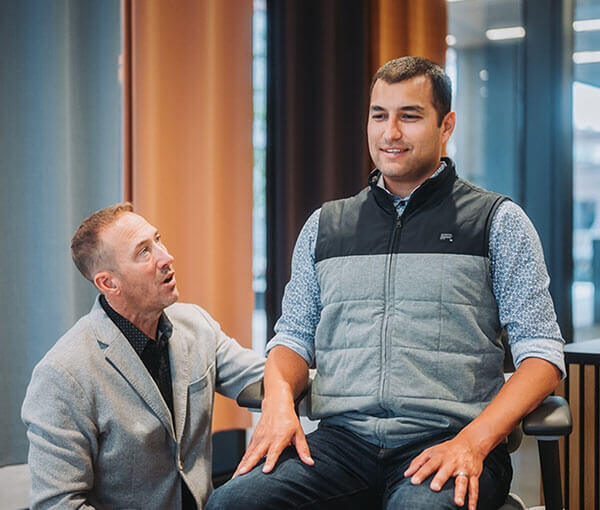
People Over Profits: Why Anthros Puts Comfort and Care First
September 17, 2025At Anthros, our mission is simple: to put people...





